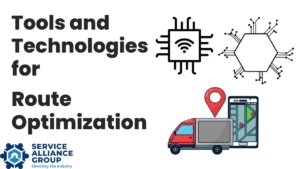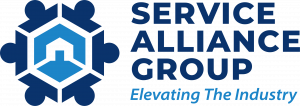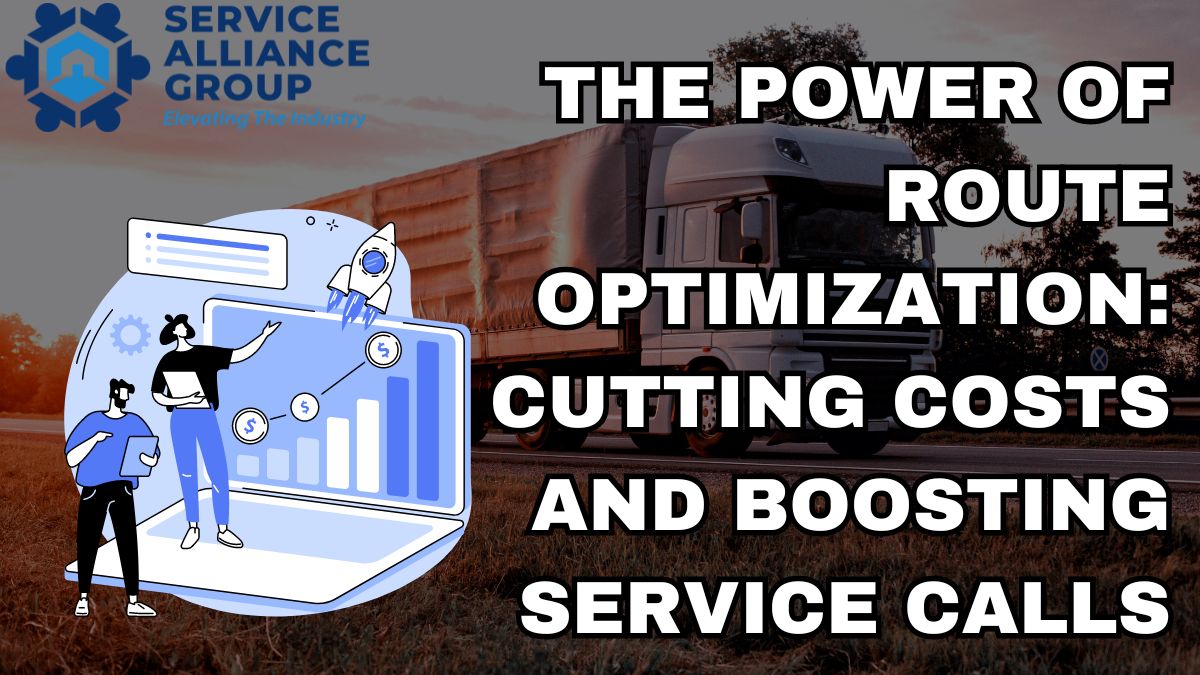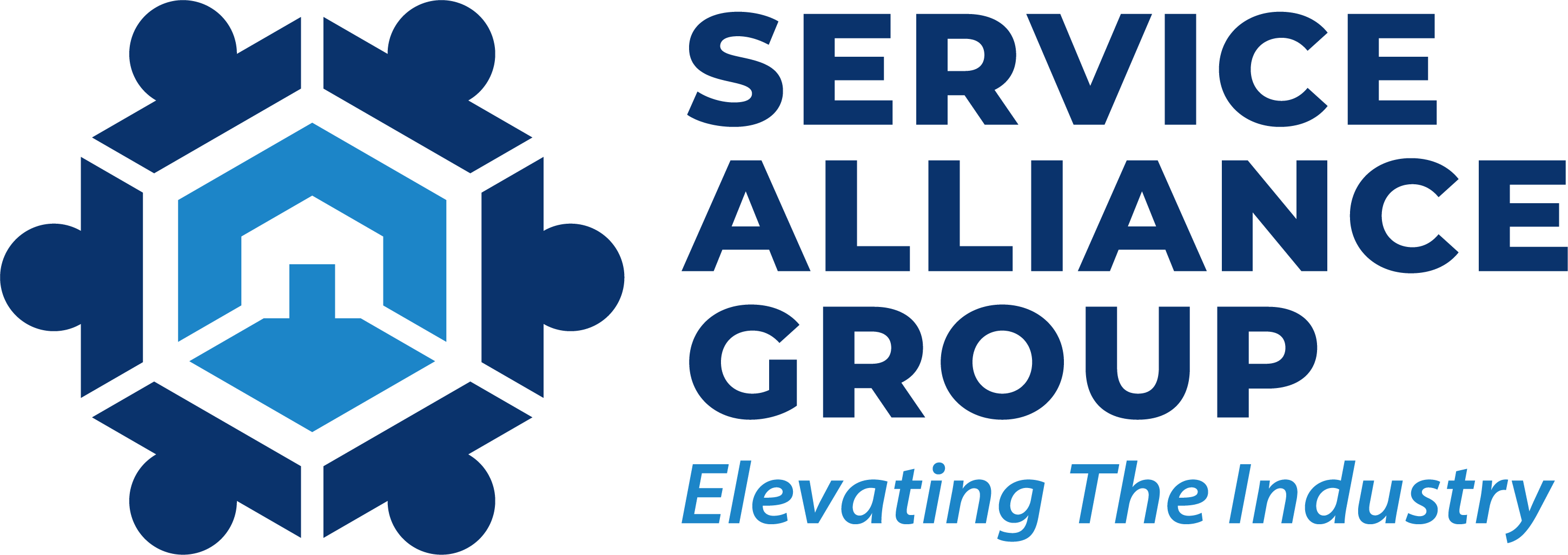The Role of Route Optimization in Home Service Industries
In the home service industry, time is money. Efficient route optimization can significantly reduce costs and boost service calls. Businesses can improve their efficiency and customer satisfaction by finding the fastest routes and minimizing idle time.
Home service companies must determine the quickest routes for technicians to reach their destinations. GPS tracking systems and route planning software help businesses map out the most efficient paths for their vehicles. This saves time and reduces fuel costs and wear and tear on vehicles.
Idle time is another factor that can impact a company’s bottom line. By optimizing routes, businesses can minimize the time technicians spend waiting between service calls. This means more jobs are completed daily, increasing revenue opportunities.
Utilizing technology to find faster routes and reduce idle time is essential for home service industries to stay competitive. By embracing route optimization tools, companies can streamline operations, cut costs, and provide exceptional customer service.
The Impact of Inefficient Routes on Service Technicians
Inefficient routes can significantly impact service technicians in the home service industry.
Here are the impacts of inefficient routes on service technicians:
– Increased travel distances
– Wasted time
– Fuel costs
When technicians are forced to take inefficient routes, they must travel longer distances to reach their destinations. This wastes valuable time and increases fuel consumption, leading to higher costs for the business. The longer travel distances can also lead to fatigue and decreased productivity for the technicians, affecting the quality and timeliness of their work.
Wasted time is another consequence of inefficient route planning. Technicians spend significant time on the road, and any unnecessary detours or backtracking can affect their productivity. This wasted time could have been better spent on serving more customers or completing more tasks, ultimately impacting the overall profitability of the business.
Increased fuel costs are also a concerning result of inefficient routes. Longer travel distances mean more fuel consumption, which adds to the business’s expenses and contributes to environmental pollution. Strategic route planning can help optimize routes, reducing the distance traveled and minimizing fuel consumption, resulting in cost savings and a reduced carbon footprint.
Inefficient routes significantly impact service technicians in the home service industry, resulting in increased travel distances, wasted time, and fuel costs. However, with strategic route planning, businesses can avoid these issues and increase efficiency, benefiting the technicians and the businesses they work for.
The Benefits of Route Optimization for Time and Efficiency
Finding the fastest and most efficient route for service calls is important for reducing operational costs and meeting customer expectations. By leveraging advanced route optimization technology, businesses can improve delivery efficiency, enhance customer satisfaction, and drive business growth. The following are the benefits of route optimization for home service businesses regarding time and efficiency:
– Reduced travel time for technicians
– Increased number of service calls that can be completed in a day
– Improved response times for customers
– Minimized overtime costs for technicians
– Enhanced overall productivity and efficiency of the business
How Route Optimization Saves Money for Home Service Companies
Route optimization software algorithms are a game-changer for home service companies, helping them save money highly efficiently. These algorithms analyze vast data and dynamically optimize routes, resulting in significant cost savings.
Home service businesses can utilize route optimization software to analyze customer locations, traffic patterns, and service requirements. The algorithms then use this information to create the most efficient routes for technicians. This means that professionals spend less time on the road and more time fixing things inside customers’ homes.
Optimized routes result in decreased fuel consumption, reducing fuel and vehicle maintenance costs. By minimizing travel time, businesses can complete more jobs in a day, thus increasing their revenue potential.
Route optimization software ensures that technicians take the shortest and most direct routes, reducing vehicle mileage and wear and tear. This not only saves money on repairs and replacements but also prolongs the lifespan of the company’s fleet.
Implementing route optimization software algorithms allows home service companies, including appliance repair, HVAC, plumbing, and electrical businesses, to save money by maximizing efficiency, minimizing travel time and distance, and ultimately increasing profitability.
Maximizing Service Calls with Optimized Routes
Appliance repair companies, HVAC companies, plumbers, and electricians constantly seek ways to improve efficiency and maximize service calls. One of the most effective strategies for achieving this is route optimization.
Using cutting-edge routing software, dynamic adjustments can be made based on traffic patterns and weather conditions. This technology minimizes travel time and maximizes resource utilization, resulting in significant cost savings and improved service quality.
Optimizing routes efficiently requires AI algorithms to analyze historical data and predict traffic patterns. Incorporating these emerging trends into operations can improve operational efficiency, reduce costs, and improve business customer service.
Route optimization offers numerous benefits to businesses in the home service industry. It helps reduce transportation costs by minimizing fuel consumption and vehicle wear and tear. It improves delivery efficiency by streamlining routes and eliminating unnecessary detours, resulting in quicker deliveries and enhanced customer satisfaction.
Optimized routes enable businesses to provide accurate estimated arrival times, strengthening customer loyalty and driving business growth through positive word-of-mouth referrals. The flexibility of dynamic route optimization allows companies to adapt quickly to unexpected circumstances like traffic conditions or last-minute changes.
Improving Time Management for Service Technicians
Your home service business’s success depends on how well you manage your time. Optimizing routes and automating scheduling are two technologies that can greatly improve the efficiency and productivity of your service technicians.
Optimizing your technicians’ routes can help them take the shortest and most efficient route to their destinations. This saves valuable time and helps minimize your operations’ environmental impact. Automating scheduling further enhances time management by eliminating the need for manual planning and reducing the risk of human error.
With optimized routes and automated scheduling, your technicians can fulfill customer preferences more effectively. They can arrive at appointments on time, increasing customer satisfaction and trust. These technologies allow for better coordination between technicians and customers, enabling them to provide excellent service tailored to each customer’s needs.
Implementing Route Optimization Solutions: Tools and Technologies

Various tools and technologies can streamline operations and improve efficiency when implementing route optimization solutions. One key technology in this area is big data analysis. Analyzing large amounts of data can help businesses gain insights into traffic patterns, customer preferences, and other factors that can help optimize routes.
Another important tool is the use of IoT devices. These devices can be integrated into vehicles and equipment, allowing real-time tracking and monitoring. This enables businesses to have a detailed view of their fleet and make adjustments on the go, ensuring that routes are optimized based on current conditions.
Blockchain technology is also emerging as a valuable tool for route optimization. With its decentralized and transparent nature, blockchain can facilitate secure communication and information sharing between stakeholders involved in the process, leading to more accurate and efficient routing decisions.
Other tools, such as GPS tracking systems, route planning software, and mobile apps, can assist in implementing route optimization solutions. When combined with the power of big data analysis, IoT devices, and blockchain technology, these tools can help businesses in the appliance repair, HVAC, plumbing, and electrical industries optimize their routes and provide exceptional service to their customers.
Emerging Trends in Route Optimization for Service Industries
Route optimization has become crucial for service industries, including appliance repair companies, HVAC companies, plumbers, and electricians. These businesses heavily rely on efficient and timely transportation to customer locations. Industry professionals increasingly incorporate emerging technologies into their route optimization strategies to stay competitive in this ever-evolving landscape.
One of the key technologies transforming route optimization is big data analysis. By collecting and analyzing vast amounts of data, businesses can gain valuable insights into traffic patterns, customer preferences, and optimal routes. This data-driven approach allows companies to make informed decisions that optimize their service routes, reducing travel time and fuel costs.
Another technology revolutionizing route optimization is the Internet of Things (IoT). IoT devices such as GPS sensors and smart meters enable real-time tracking of vehicles and assets. By leveraging IoT, service companies can monitor their fleet’s performance, track delivery routes, and proactively address potential disruptions. This level of connectivity and visibility ensures streamlined operations and enhanced customer satisfaction.
Blockchain technology is also making its mark in route optimization. Its secure and transparent nature enables seamless collaboration among various stakeholders in the supply chain, including service companies, customers, and logistics providers. With blockchain, companies can establish trust, track asset ownership, and verify service completion, improving efficiency and accountability.
Artificial intelligence (AI) has emerged as a game-changer in route optimization. AI algorithms can analyze historical data, predict traffic patterns, and adjust routes based on real-time conditions. This intelligent routing minimizes travel time and maximizes resource utilization, resulting in cost savings and improved service quality.
Conclusion: Harnessing the Power of Route Optimization for Cutting Costs and Boosting Service Calls
Harnessing the power of route optimization through efficient route planning, real-time updates, and utilizing a wide range of technologies can significantly benefit service industries such as appliance repair, HVAC, plumbing, and electrical companies.
By incorporating tools like GPS tracking systems, route planning software, IoT devices, big data analysis, blockchain technology, and artificial intelligence into their operations, businesses can cut costs, boost service calls, and provide exceptional customer service.
Companies can streamline their operations and maximize resource utilization by planning effective routes and adjusting them in real-time to find the quickest paths for their vehicles and technicians. Ultimately, embracing route optimization technologies is essential for staying competitive in today’s fast-paced service industry.






